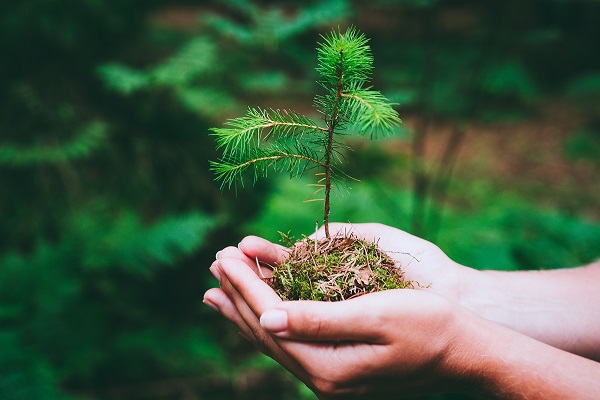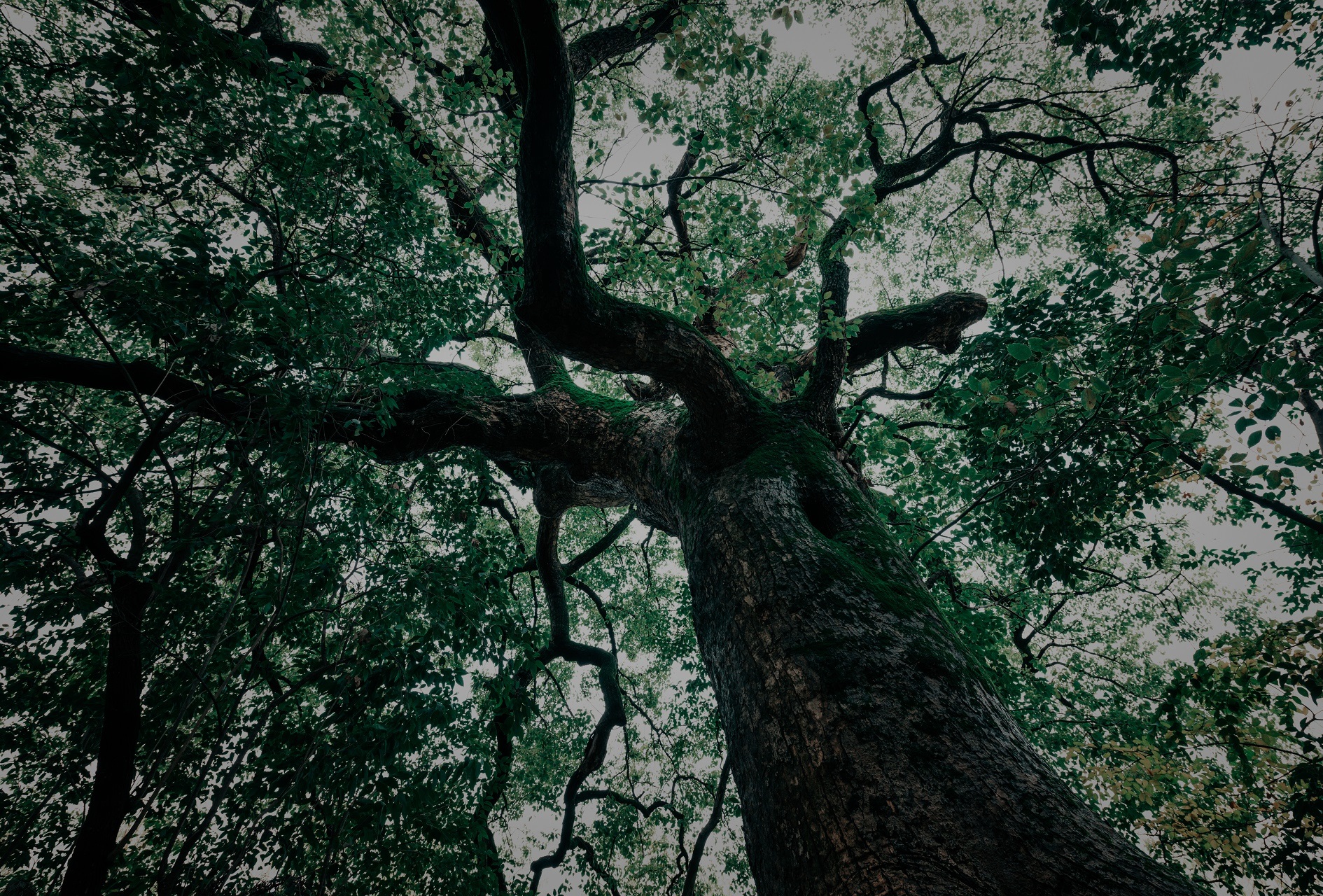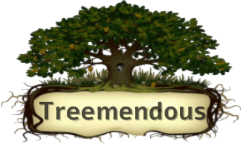When you have a garden, you can add not just flowers and vegetables, but for the benefits of more oxygen, cooling, supporting nature, increasing re-sale value, and the prevention of erosion or pure enjoyment, you can plant a tree or trees. After considering zoning laws related to digging and planting, climate and temperature, and probably a bit of advice from professionals and a handy book for would-be tree owners, the Arbor Day Foundation Plant Hardiness Zones which divides the US and Canada into 11 temperature zones to help you determine the general expected moisture, soil, and winds in your locality . You can now choose the right and best species of trees to plant.
 For generally cold climates, you can choose perennial trees, evergreens or deciduous trees that can withstand winter temperatures. Deciduous trees lose their leaves when they adapt to seasonal changes. Evergreens, a lot of hot climate trees are also evergreens, also lose their leaves but only very gradually. Examples are oaks, eucalyptus, pine, hemlock, blue spruce, red cedar, and larch. When choosing trees for a hot garden, choose those that do not require regular watering. There are also a wide variety of evergreens for hot climates.
For generally cold climates, you can choose perennial trees, evergreens or deciduous trees that can withstand winter temperatures. Deciduous trees lose their leaves when they adapt to seasonal changes. Evergreens, a lot of hot climate trees are also evergreens, also lose their leaves but only very gradually. Examples are oaks, eucalyptus, pine, hemlock, blue spruce, red cedar, and larch. When choosing trees for a hot garden, choose those that do not require regular watering. There are also a wide variety of evergreens for hot climates.
Here is a list of 10 of the most popular garden trees:
HOT WEATHER TREES
- The Chitalpa Tree – The Chitalpa is drought-tolerant and does not have to be watered very often. It is fast growing, at a rate of 2 feet per year until it reaches 25 or 30 feet. It gives off a mottled shade and comes with pink, white or lavender heat-loving varieties of blooms. It is a great decoration for your low maintenance garden.
- The Chinese Elm – A graceful tree that reaches a maximum height of 30 feet or occasionally 60 feet. It is perfect for your xeriscape gardens or landscapes.
- The Desert Willow – This fast growing tree yields beautiful pinkish orchid-like flowers. It is drought tolerant and grows fast.
- The California Pepper Tree – This drought tolerant tree produces small white flowers during summer. During autumn, it yields reddish berries. It has twisty-gnarly grey bark, and bright fern leaves with sagging branches. The branches break easily during wind and bad weather.
- Fig Trees – Fig trees create big leaves and great shade. The fig fruit is tasty especially the “black mission” and “brown turkey” varieties of the species. They grow up to 30 feet and can produce two crops each year. Also drought tolerant but may require regular watering during its growing period.
COLD WEATHER TREES
- The Arborvitae: This tree comes in 3 varieties – the Emerald Green Spiral, the Emerald Green, and the Green Giant. The Spiral has two-toned foliage that has great aesthetical qualities perfect for framing a doorway but must be pruned regularly to maintain the spiral shape. The Emerald Green has dense emerald-colored foliage that remains during cold weather. It is narrow and pyramidal in shape and makes a great sunscreen during summer.
- The Bald Cypress: The Bald Cypress can live up to 600 years! They are often used as ornamental trees that grown up to 120 feet tall with trunks up to 6 feet wide. They are known as bald because they drop their foliage
 in the fall. They look majestic and beautiful with their brownish-cinnamon and orange colors.
in the fall. They look majestic and beautiful with their brownish-cinnamon and orange colors. - The Beach Plum is a species of plum that is prevalent on the east coast. It is deciduous and grows rapidly up to 6 feet yearly. It has leaves green on top and pale green underneath but changes into orange or red during autumn. It produces white flowers with large anthers appearing in May or June. The plums, which ripen during August or September, are edible and come as red, yellow, blue or bluish-black.
- The Birch Tree is usually small or medium-sized with alternate single or double serrate, feather-veined leaves which often come in pairs. This tree’s bark comes in gray, yellow, white, silver, and black which are often preferred for landscapes. Being susceptible to pests, the Birch is a great ornamental tree that can live up to 50 years.
- Cedar trees are great for landscapes and unlike the Birch, are usually sturdier and do not attract pests. Cedars are evergreens but are quite big for home gardens so they are often used for parks. They are perfect windbreakers that grow very fast and are elegant. You can choose from different varieties of Cedars like the Blue Atlas, the Blue Atlas Weeping, the Silver Mist, and the Atlantica Hortsman.
When choosing trees, it’s best to avoid one with bark wounds and scars. Look for a lustrous variety with greener foliage and one that is well branched. A perfectly chosen tree will ensure enjoyment for many years to come.



